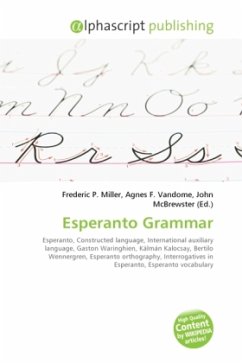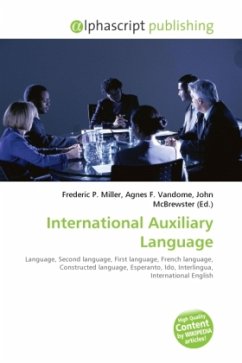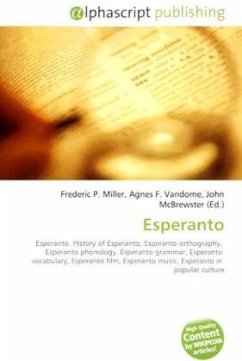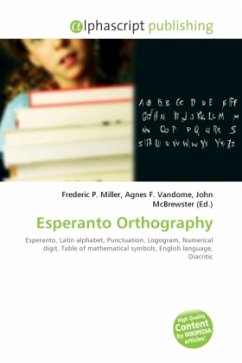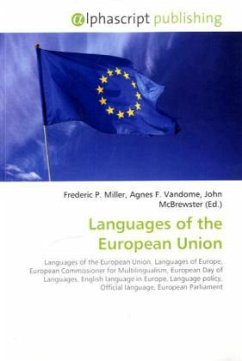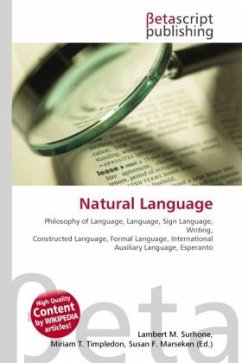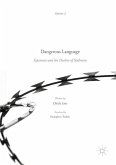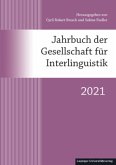Esperanto is a constructed auxiliary language. A highly regular grammar makes Esperanto much easier to learn than most other languages of the world, though particular features may be more or less advantageous or difficult depending on the language background of the speaker. Parts of speech are immediately obvious, for example: he suffix -o indicates a noun, -a an adjective, -as a present-tense verb, and so on for other grammatical functions. An extensive system of affixes may be freely combined with roots to generate vocabulary; and the rules of word formation are straightforward, allowing speakers to communicate with a much smaller root vocabulary than in most other languages. It is possible to communicate effectively with a vocabulary built upon 400 to 500 roots, though there are numerous specialized vocabularies for sciences, professions, and other activities. Reference grammars of the language include the Plena Analiza Gramatiko (Complete Analytical Grammar) by Kálmán Kalocsay and Gaston Waringhien, and the Plena Manlibro de Esperanta Gramatiko (Complete Handbook of Esperanto Grammar) by Bertilo Wennergren.
Bitte wählen Sie Ihr Anliegen aus.
Rechnungen
Retourenschein anfordern
Bestellstatus
Storno

